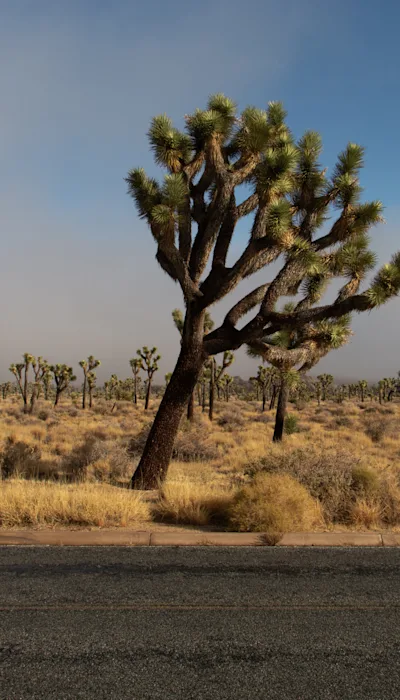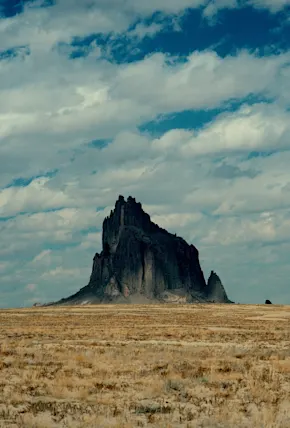Paul Martinez is a photographer and artist living in Joshua Tree, California. Find him on Instagram @paulthemde.
Tucked away in Southern California, Joshua Tree is where harsh desert beauty meets endless sky. Working for the National Parks Service, I have lived in this high desert environment for a few years now, documenting the remarkable desert environment for my own personal and professional work.
I was first drawn to the area, like many visitors, by Joshua Tree National Park, renowned for its singular flora and otherworldly rock formations. Named for the twisty, spiky trees that take root in its sandy soil, the park is stark and captivating. Against vast emptiness and distant mountains, these foreground elements feel surreal, almost ancient.










